CMU county-level study shows plug-ins have larger or smaller lifecycle GHG than gasoline ICE depending on regional factors
Green Car Congress
APRIL 9, 2016
A US-wide county-level study comparing lifecycle greenhouse gas (GHG) emissions from several light-duty passenger gasoline and plug-in electric vehicles (PEVs) has found that PEVs can have larger or smaller carbon footprints than gasoline vehicles depending on regional factors and the specific vehicle models being compared.




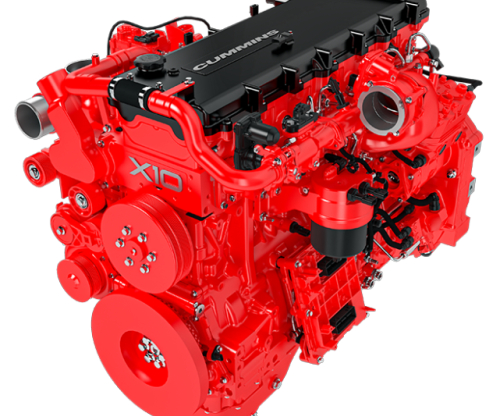







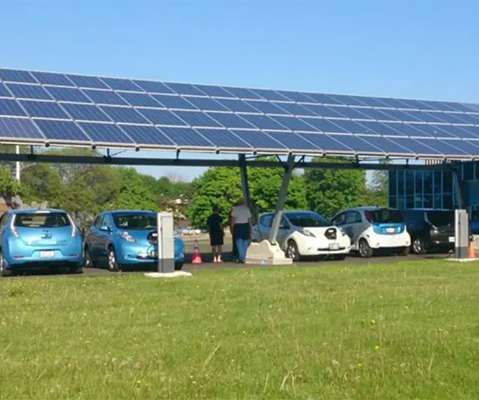




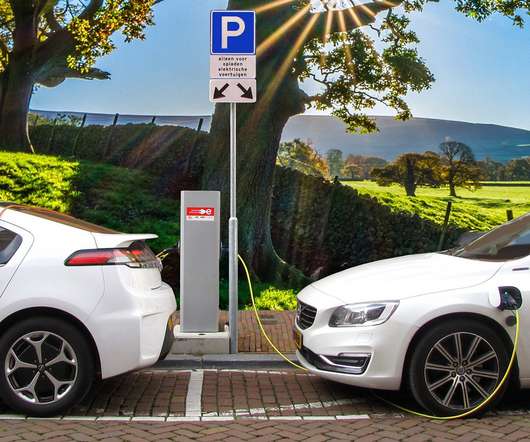




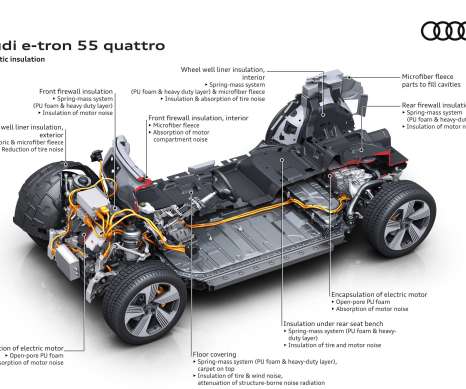

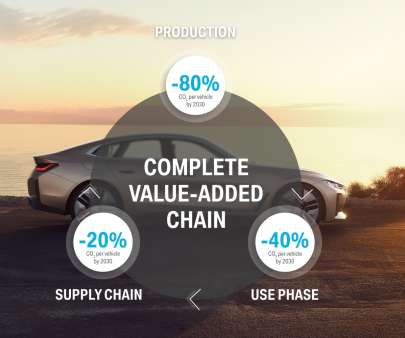

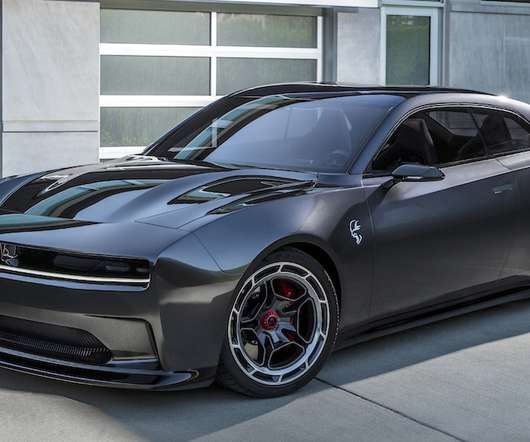



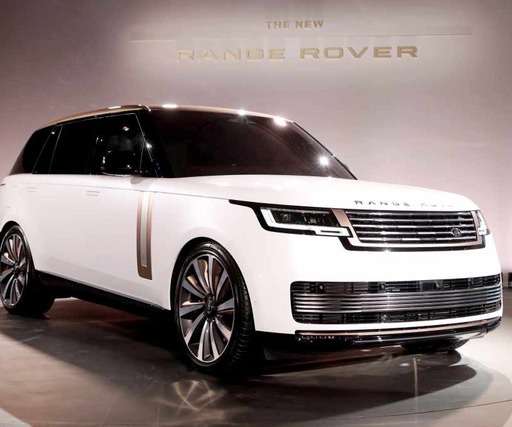
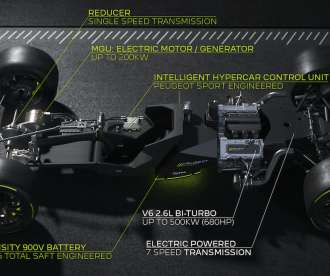






Let's personalize your content